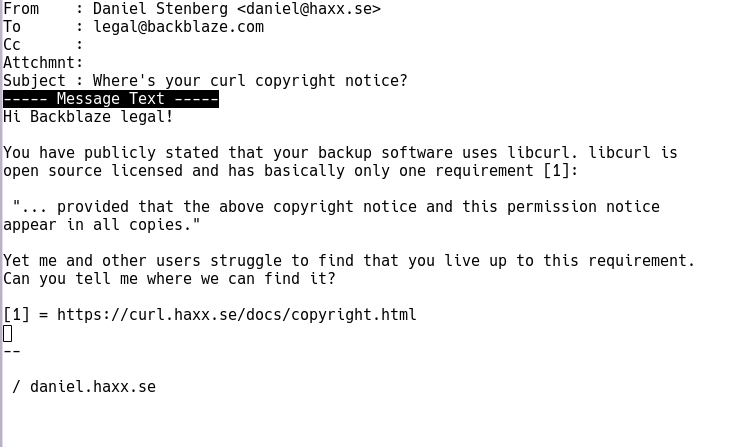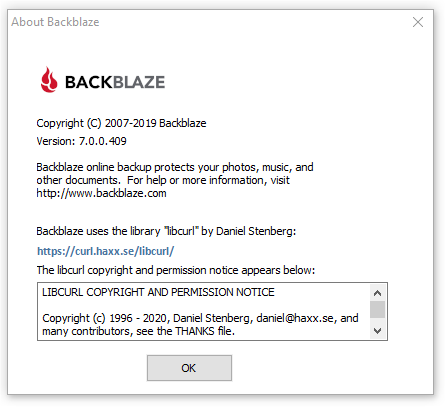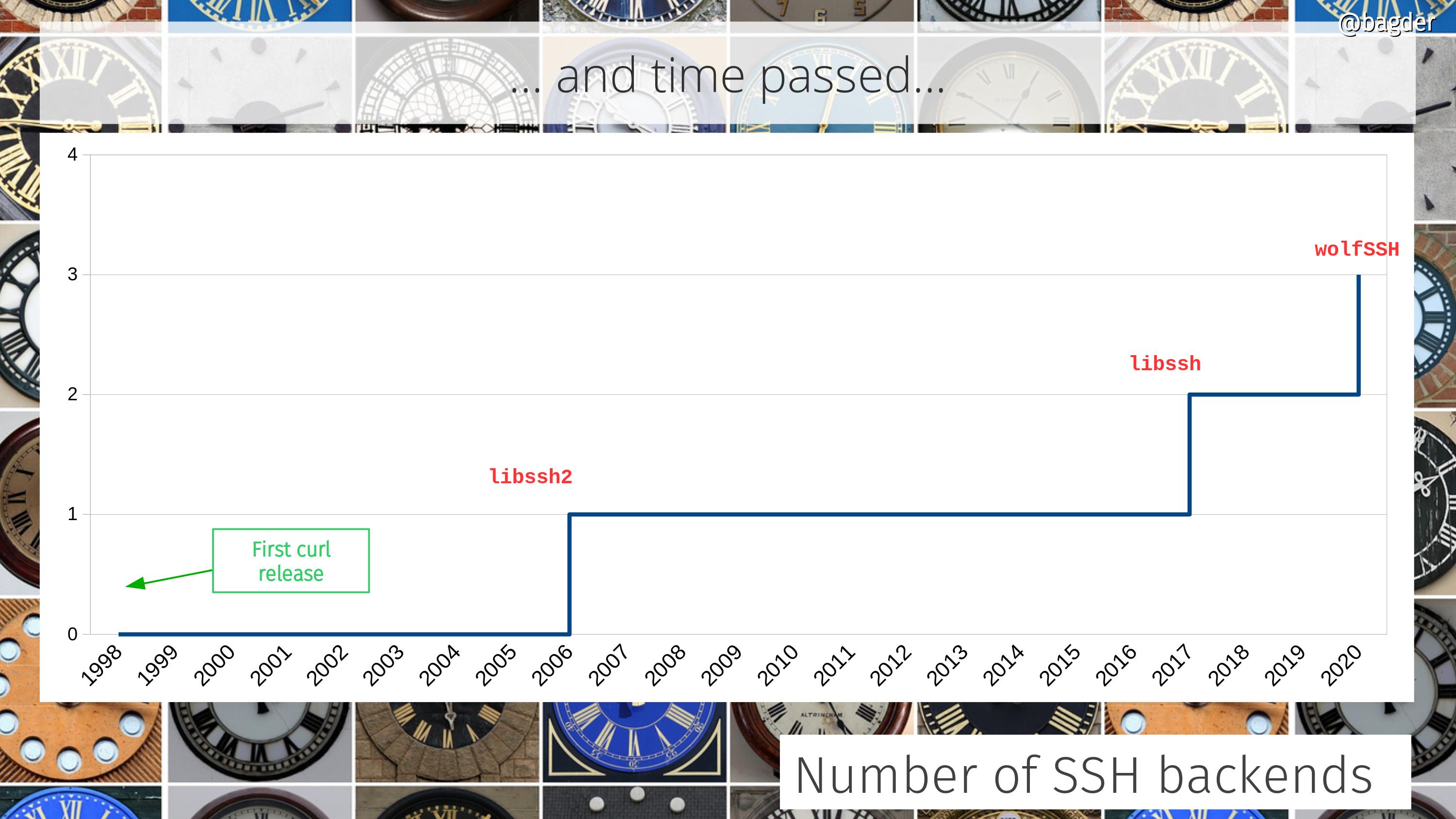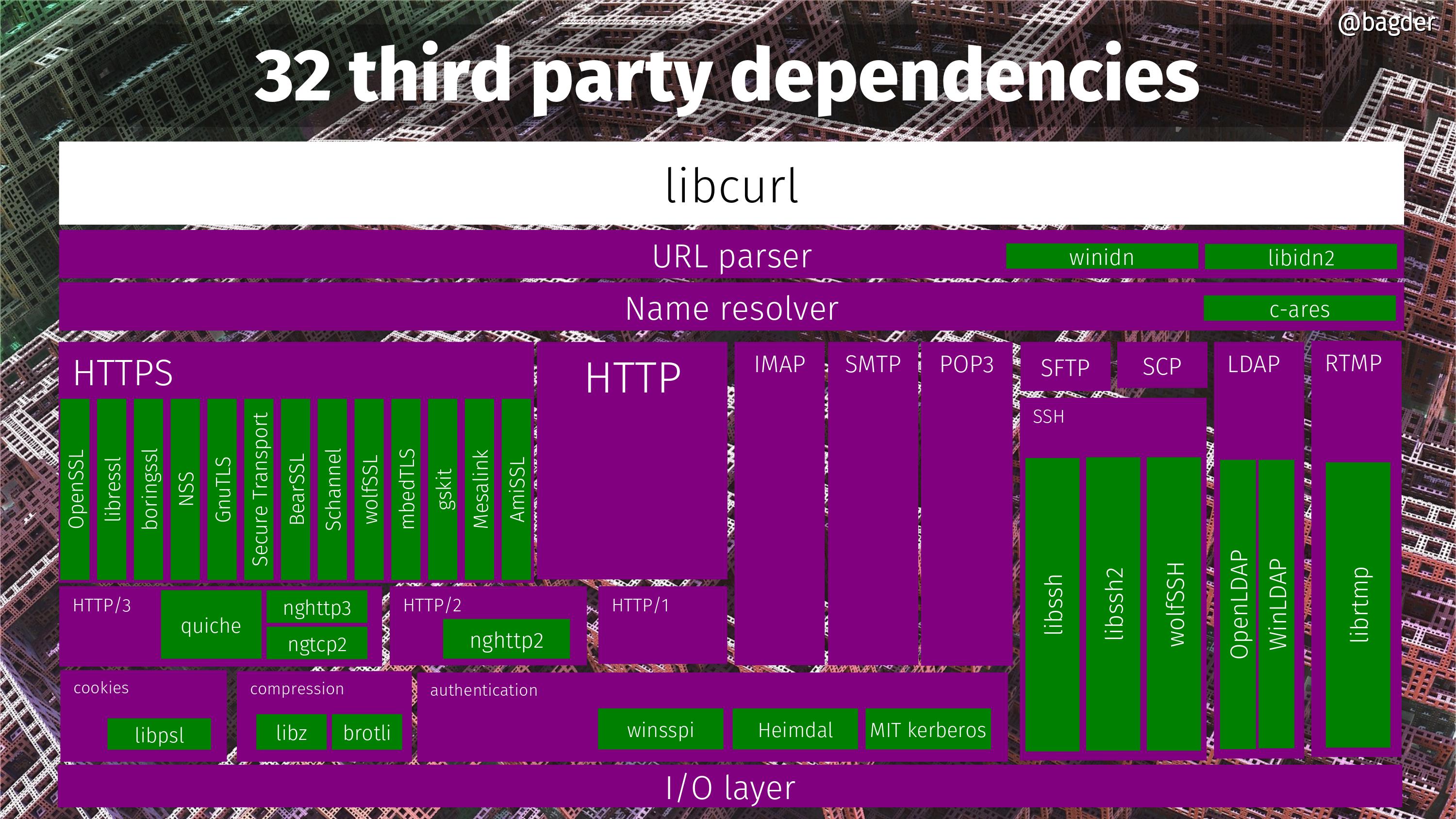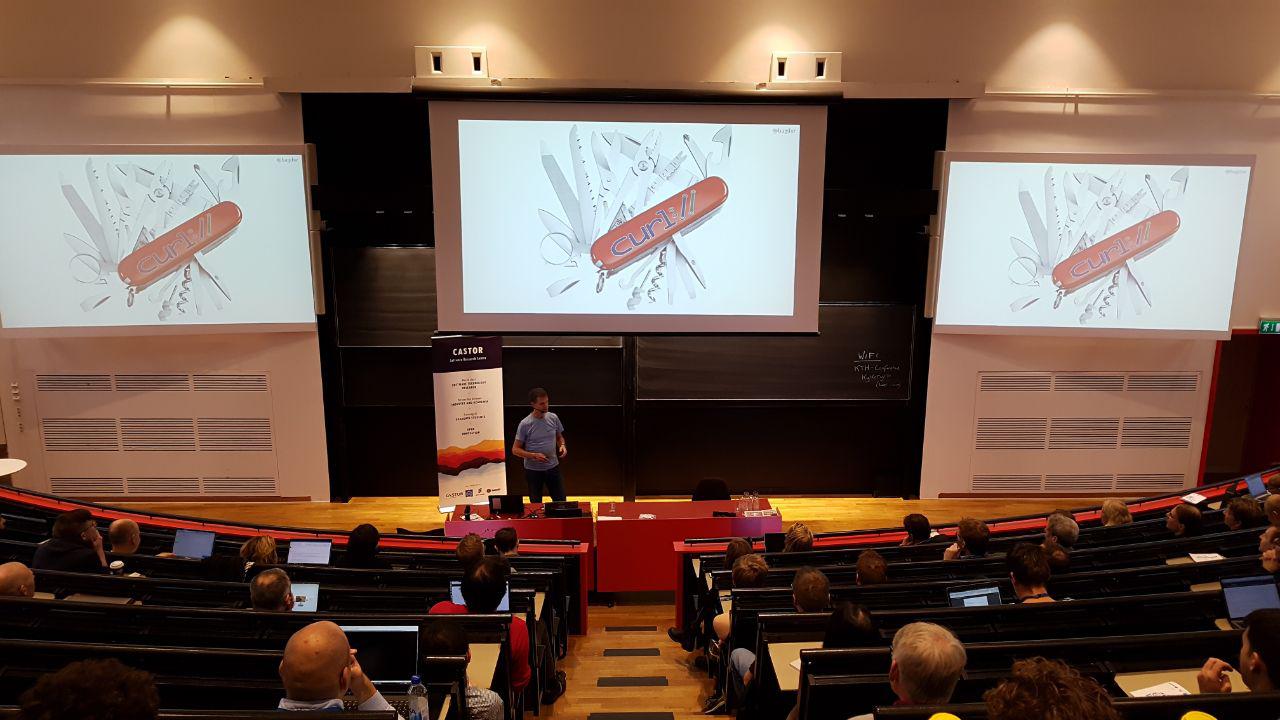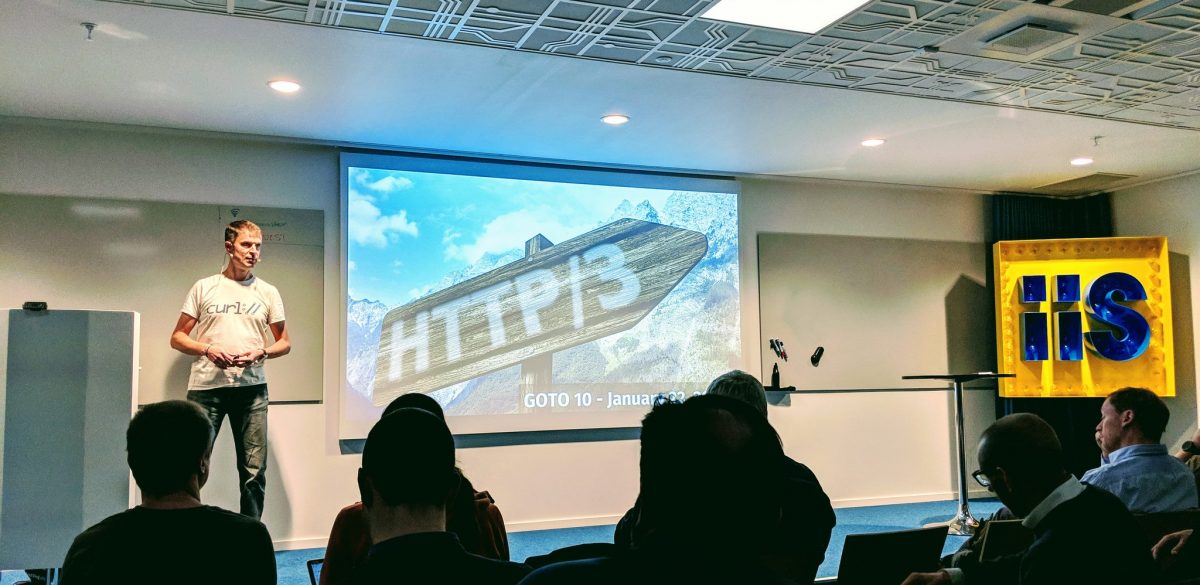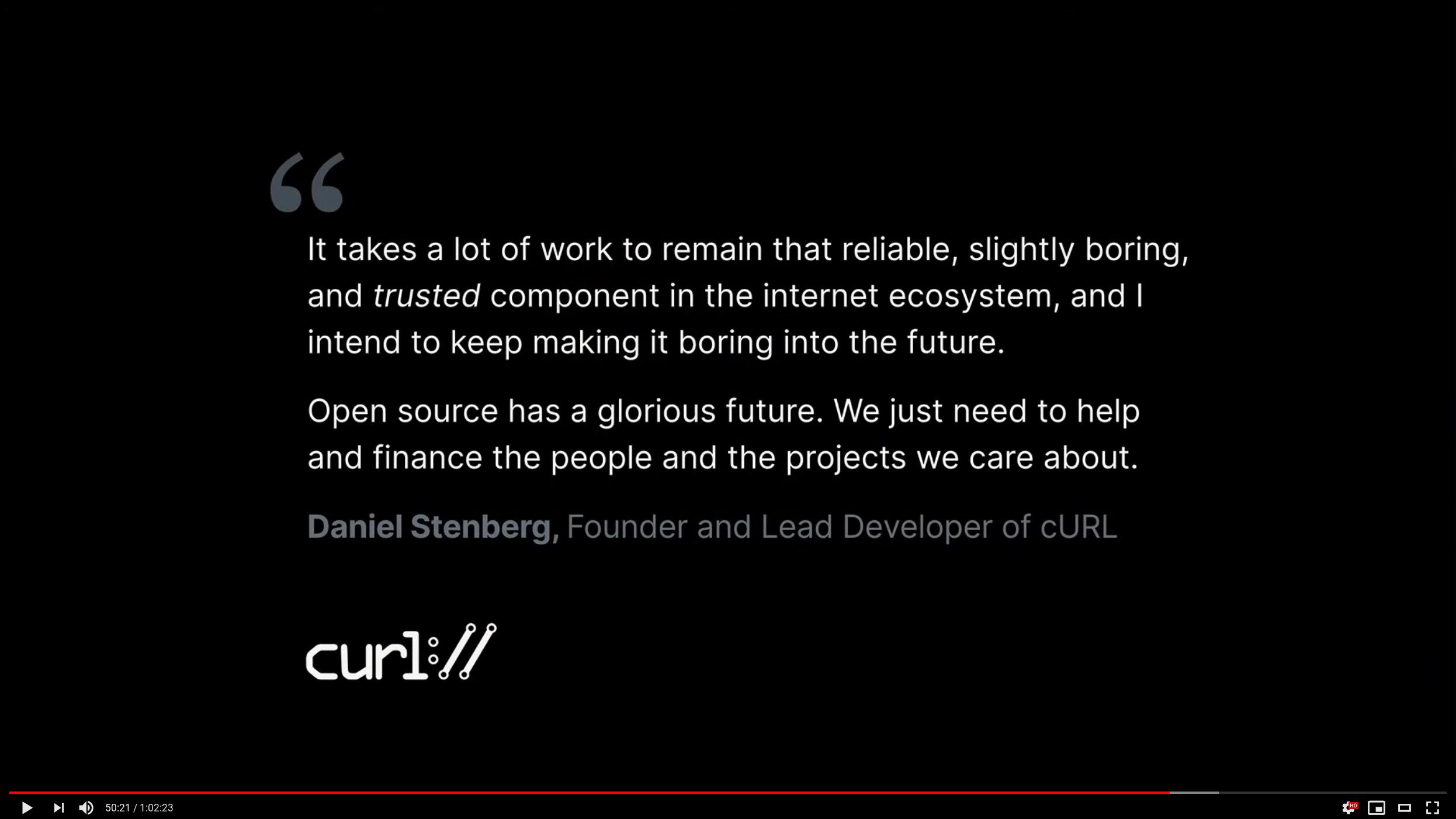The annual curl developers conference, curl up, is being held in Berlin this year; May 9-10 2020.

Starting now, you can register to the event to be sure that you have a seat. The number of available seats is limited.
curl up is the main (and only?) event of the year where curl developers and enthusiasts get together physically in a room for a full weekend of presentations and discussions on topics that are centered around curl and its related technologies.
We move the event around to different countries every year to accommodate different crowds better and worse every year – and this time we’re back again in Germany – where we once started the curl up series back in 2017.
The events are typically small with a very friendly spirit. 20-30 persons
Sign up
We will only be able to let you in if you have registered – and received a confirmation. There’s no fee – but if you register and don’t show, you lose karma.
The curl project can even help fund your travel and accommodation expenses (if you qualify). We really want curl developers to come!
Date
May 9-10 2020. We’ll run the event both days of that weekend.
Agenda
The program is not done yet and will not be so until just a week or two before the event, and then it will be made available => here.
We want as many voices as possible to be heard at the event. If you have done something with curl, want to do something with curl, have a suggestion etc – even just short talk will be much appreciated. Or if you have a certain topic or subject you really want someone else to speak about, let us know as well!
Expect topics to be about curl, curl internals, Internet protocols, how to improve curl, what to not do in curl and similar.
Location
We’ll be in the co.up facilities in central Berlin. On Adalbertstraße 8.
Planning and discussions on curl-meet
Everything about the event, planning for it, volunteering, setting it up, agenda bashing and more will be done on the curl-meet mailing list, dedicated for this purpose. Join in!

Anti Google?
If you have a problem with filling in the Google-hosted registration form, please email us at curlup@haxx.se instead and we’ll ask you for the information over email instead.
Credits
The images were taken by me, Daniel. The top one at the Nuremburg curl up in 2017, the in-article photo in Stockholm 2018.




